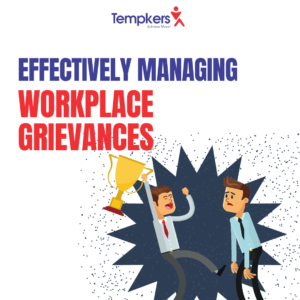
- Date: October 18, 2022
Making Critical Manpower Decisions
- 5 min read
- 0 comment

One critical decision every HR professional is faced with is ensuring that the manpower needs of a company is met. This means that we have the right people with the right skills and competence needed to achieve quality of results for the company. This means that you need the right combination of operations and support staff to achieve these results.
Today we will be looking at
Indirect labour Cost: These are employees who work on tasks that contribute to the company’s performance outside of producing products and services.
They work in areas such as the administrative, accounting and engineering departments etc This also refers to the hours that employees spend on projects that cannot be tracked or billed to specific products or production units.
It is the wages paid to support workers whose duties do not contribute to the performance of services or manufacture of goods directly, but rather enables others to produce goods.
Indirect labor is a crucial part of a company’s success. Companies should understand the importance of indirect labor because they help calculate the company’s profitability and aid with setting prices on products and services.
Example: if a company hires an accountant, they’re in charge of analyzing reports that document financial transactions for the entire company. Once they document a company’s transactions from all departments, they can determine if the company is performing well and can make recommendations on how to proceed with spending.
Accountants are indirect labor because they make decisions that affect the company’s performance without creating products and services.
The accountant’s annual salary is the indirect labor cost for the employee who helps the organization identify how they’ll control spending going forward.
Knowing the importance of indirect labor allows a company to factor in overhead costs to their products and services. They can sum up all overhead costs and add to the cost per unit sold.
This calculation aids companies in measuring the final cost charged to the customer. There may be an increase in a product’s cost since you’re adding overhead costs to the production cost.
A company may need to charge more for a product so they can compensate for all indirect labor employees
Other examples of workers employed in indirect labor include
custodians are employed to keep factory facilities clean,
security guards maintain a safe work area,
managers supervise the production workers.
HR managers in regular companies asides from HR consulting firms
Social media manager
Digital marketers
Graphics designers
Facility managers
Videographers
Drivers
Dispatch
Administrative staff etc
Each of these workers is included in indirect labor because they do not produce any products
Every seasoned HR professional just understand the ratio of their direct labour cost to their indirect labour cost and try as much as possible to keep the indirect labour cost at the ideal minimum.
Indirect labor is considered an overhead as these costs cannot be assigned to any one project or service.
As a HR professional it’s important to make meaningful recommendations to management based on your knowledge of indirect cost and how it affects the business so they can make an informed decision when they set the prices of services and product so that it is high enough to cover production costs, turn a profit, and still remain competitive.
Keeping a tab on the direct and indirect labor costs will help you exercise a strict control over labor cost and identify potential areas for cost improvement.






WhatsApp us